Horses Pictures to color Definition
Source(Google.com)
Have you ever seen a horse or pony being ridden and wondered why the rider picked that colored horse?Have you ever seen a horse that looked pretty, but you didn't know the color of the horse? Horse colors are generally easy but some are quite hard. Here is an easy way to tell what color a horse is.
Before starting colours, you need to know some basic terminology:
Points: This is referring to the the ears, lower legs, and mane and tail.
Mane and Tail: These are the pieces of tufter hair that progress from a horse's spine and his neck and forehead.
White leg markings: These are situated on the leg regions and include: Coronet band (very close to the hoof), white heel (very close to the heel, but situated near the caudal wall), sock (comes right above the pastern), half stocking (comes halfway between the pastern and knee),stocking (touches or above the knee), irregular stocking (stocking that only part of it is above the knee and the other is below it), ermine (irregular dark patches near the hoof inside white markings) and pastern (comes just to the pastern).
Facial markings: These are situated on the head and forehead and include:
Star (little mark on forehead)
Snip (little mark on muzzle)
Blaze (Wide stripe of white down the front of the face)
Stripe (Very thin stripe of white down the front of the face)
Bald/white face (Very wide blaze that goes includes the horses eyes)
Eye colours: To help tell the different colours apart, though not common, these names may appear: Eye wall, blue eye, teal eye, glass eye, white sclera. Horses can have blue, brown, green, hazel, gold, and red eyes.
Other important features of a horse's colour include: Spots, patches, predominant and base coat.
Before starting colours, you need to know some basic terminology:
Points: This is referring to the the ears, lower legs, and mane and tail.
Mane and Tail: These are the pieces of tufter hair that progress from a horse's spine and his neck and forehead.
White leg markings: These are situated on the leg regions and include: Coronet band (very close to the hoof), white heel (very close to the heel, but situated near the caudal wall), sock (comes right above the pastern), half stocking (comes halfway between the pastern and knee),stocking (touches or above the knee), irregular stocking (stocking that only part of it is above the knee and the other is below it), ermine (irregular dark patches near the hoof inside white markings) and pastern (comes just to the pastern).
Facial markings: These are situated on the head and forehead and include:
Star (little mark on forehead)
Snip (little mark on muzzle)
Blaze (Wide stripe of white down the front of the face)
Stripe (Very thin stripe of white down the front of the face)
Bald/white face (Very wide blaze that goes includes the horses eyes)
Eye colours: To help tell the different colours apart, though not common, these names may appear: Eye wall, blue eye, teal eye, glass eye, white sclera. Horses can have blue, brown, green, hazel, gold, and red eyes.
Other important features of a horse's colour include: Spots, patches, predominant and base coat.
Many horse colors are the result of dilution genes acting on the base colors. They all work similarly in that they dilute the main body color, but not always the color of the legs, mane, and tail. Bay is the most basic dilution color, and it is caused by the agouti gene diluting black. The black body hairs are diluted to a shade of brown while the legs, mane, and tail remain black. Like most dilution genes, agouti is dominant, so if a horse carries it, it will be expressed.
Horses Pictures to color Images Wallpapers Photos 2013
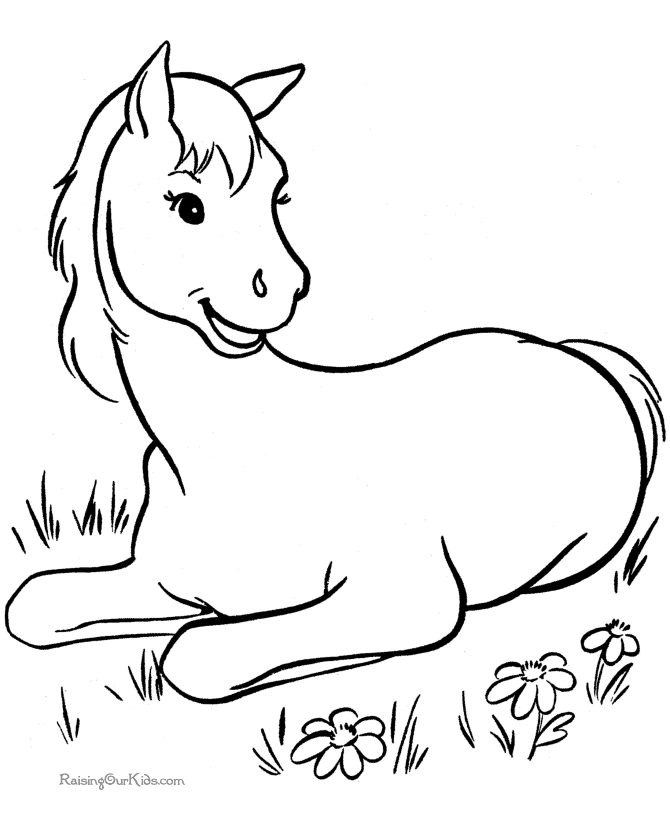
Horses Pictures to color Images Wallpapers Photos 2013

Horses Pictures to color Images Wallpapers Photos 2013
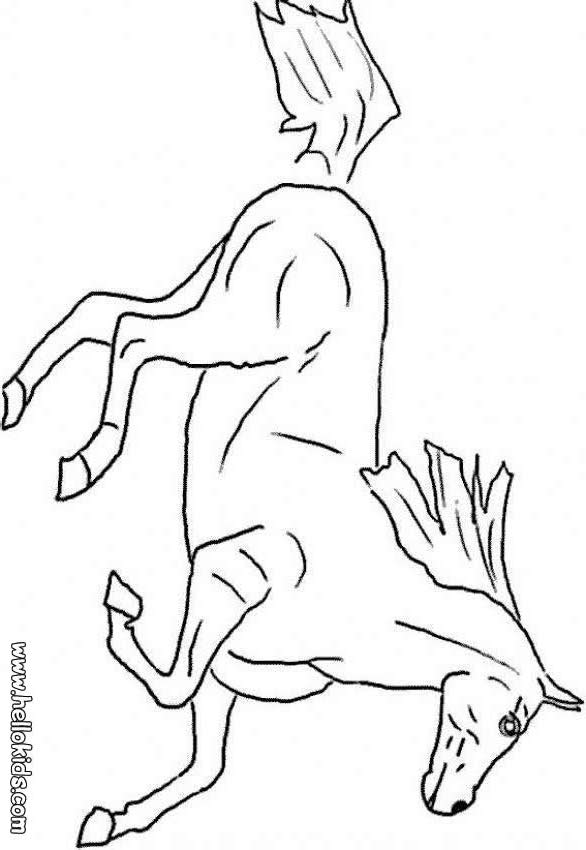
Horses Pictures to color Images Wallpapers Photos 2013

Horses Pictures to color Images Wallpapers Photos 2013

Horses Pictures to color Images Wallpapers Photos 2013
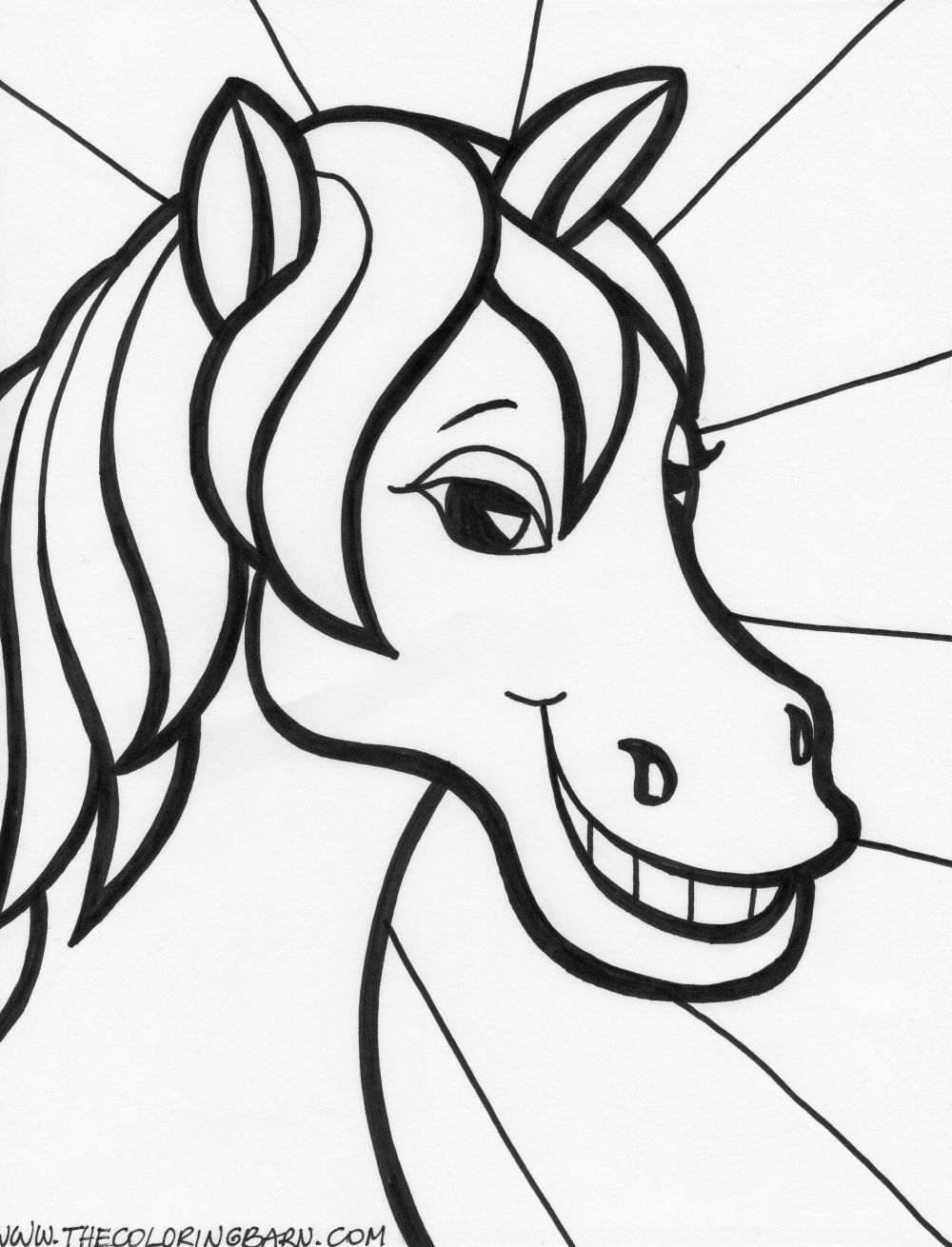
Horses Pictures to color Images Wallpapers Photos 2013

Horses Pictures to color Images Wallpapers Photos 2013

Horses Pictures to color Images Wallpapers Photos 2013
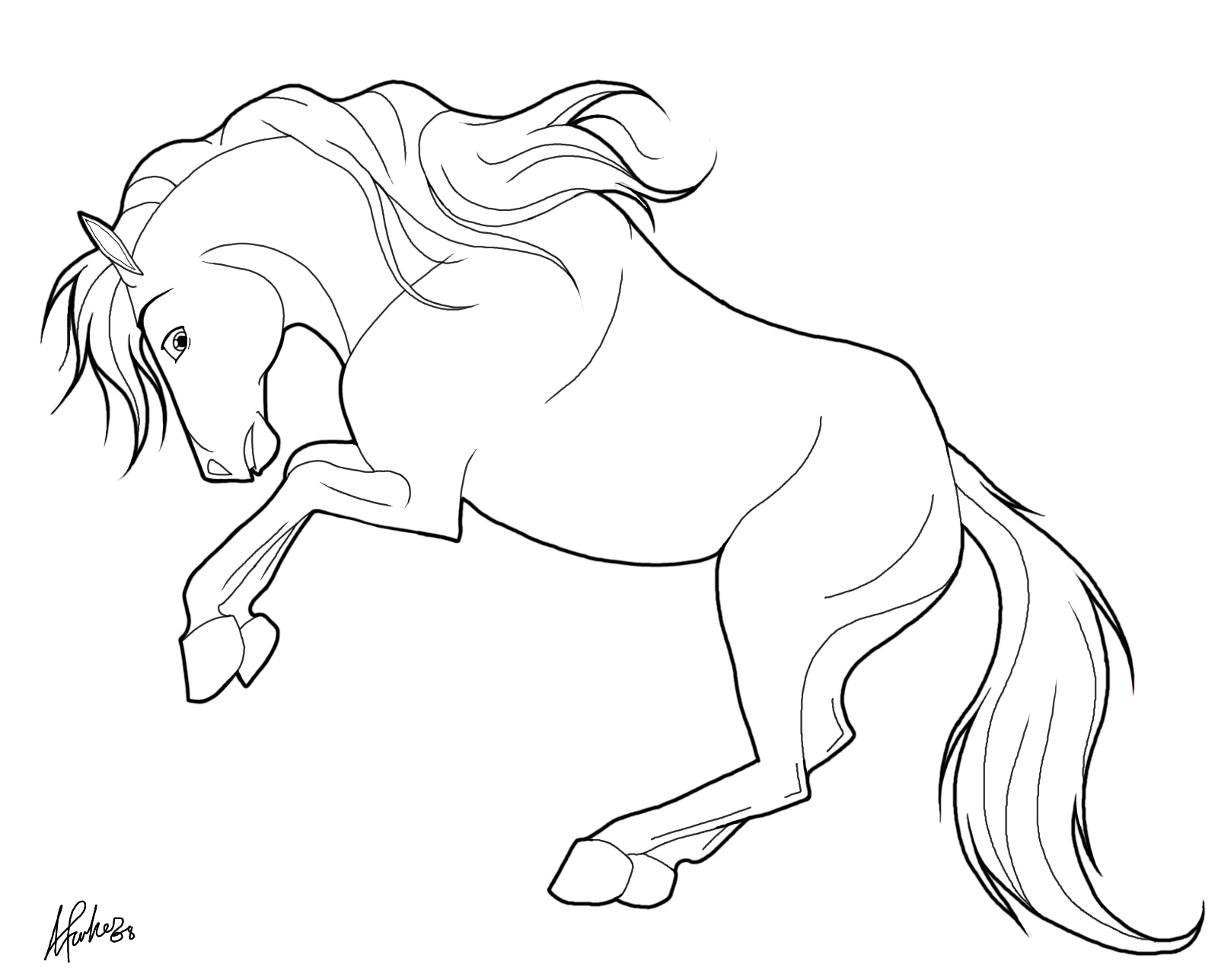
Horses Pictures to color Images Wallpapers Photos 2013
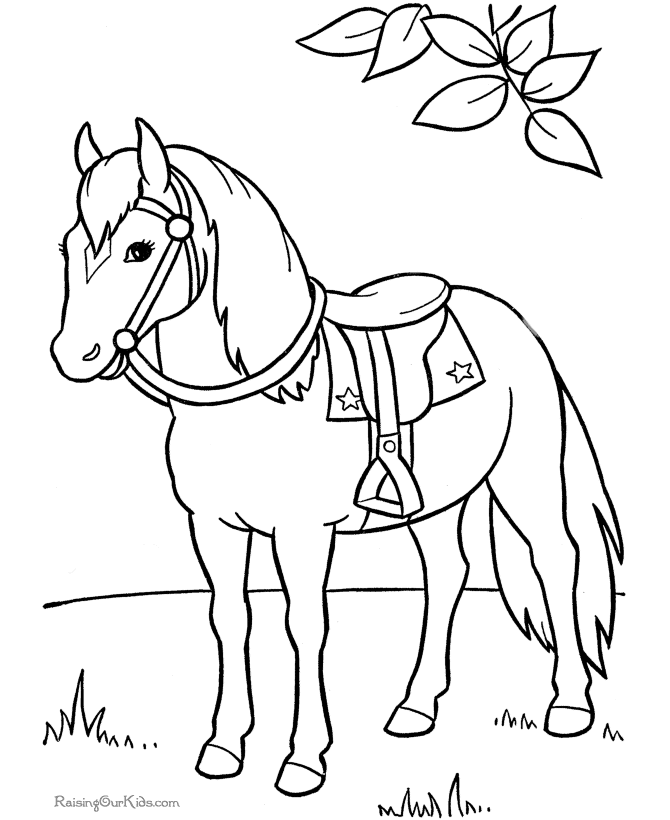
Horses Pictures to color Images Wallpapers Photos 2013
No comments:
Post a Comment